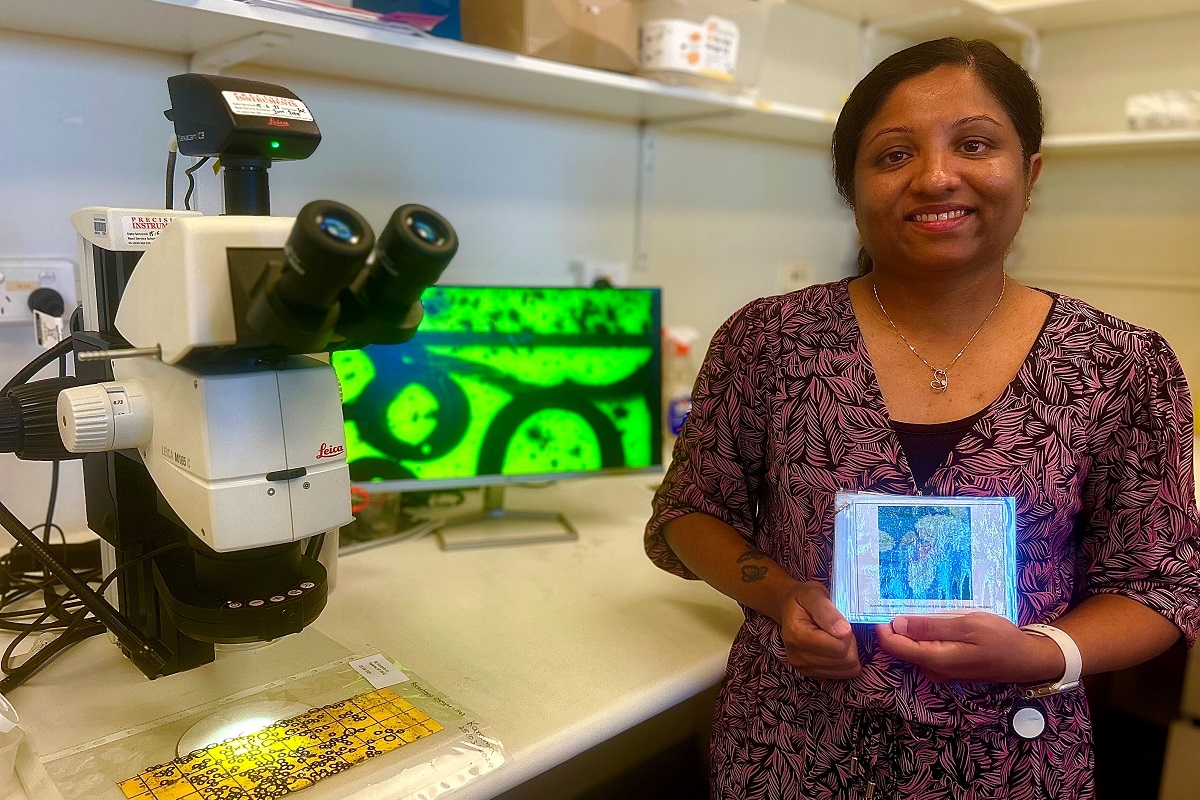The Entomologist Behind the Mealybug Response
When the Papaya Mealybug first appeared in Fannie Bay in July of last year, it swiftly propagated throughout Darwin's suburbs, wreaking havoc on backyard trees.
This was the first incursion of papaya mealybug in Australia.
Since its initial detection, this pest has extended its reach across Darwin and Palmerston, encroaching into rural areas and affecting a variety of host plants such as papaya, hibiscus, and frangipanis.
Since its arrival Sachi along with her supervisor, Principal Entomologist Dr. Brian Thistleton and colleagues Haidee Brown and Asitha Wijayasiriwardhana has been conducting monitoring on its spread and abundancy
Entomologist and avid gardener Sachinthi Kithulgoda brought a sample into the Berrimah Lab from her own backyard out of curiosity.
"I was curious about the mealybug, I was watering my plants everyday watching the mealybugs for a few minutes every time," she shared.
It was during one of her close observations, Sachinthi noticed ladybirds feeding on the mealybugs that were ravaging her plants. It was Sachi’s passionate attention to detail sparked the idea for the ladybird release trial.
When the Mealybug arrived, so did Acerophagus papayae, a nearly unnoticeable predator was also identified for the first time in Australia by the Entomology unit. This was also found on a sticky trap as well as in a sample of her Marigold plant, which Sachi had brought into the lab. This initiated the monitoring of Acerophagus in varies suburbs in Darwin and Palmerston.
Since then, Sachi and the team has been monitoring the mealybugs, and its natural enemies in the lab, by sticky traps and bringing Frangipani leaves across 27 suburbs in the Darwin and Palmerston region. They have counted over 1500 Acerophagus papayae in a single sticky trap, increasing the hope of controlling mealybugs in near future.
With the ladybirds released, and the Acerophagus papayae growing in population, Sachi has begun to observe promising changes spreading through Darwin's gardens.
“I was happy to see the Frangipanis flowering again”, said the whole-hearted entomologist.

